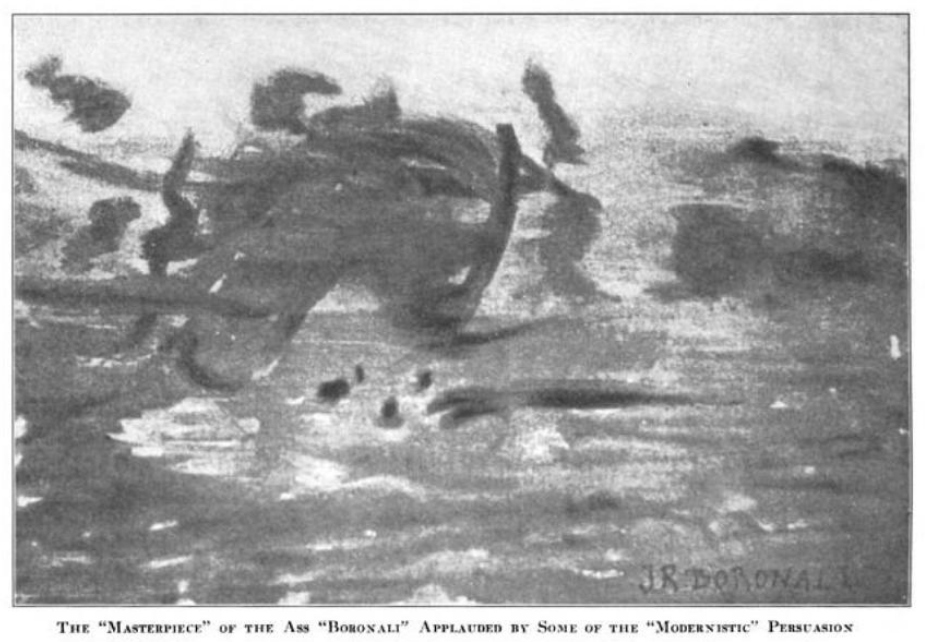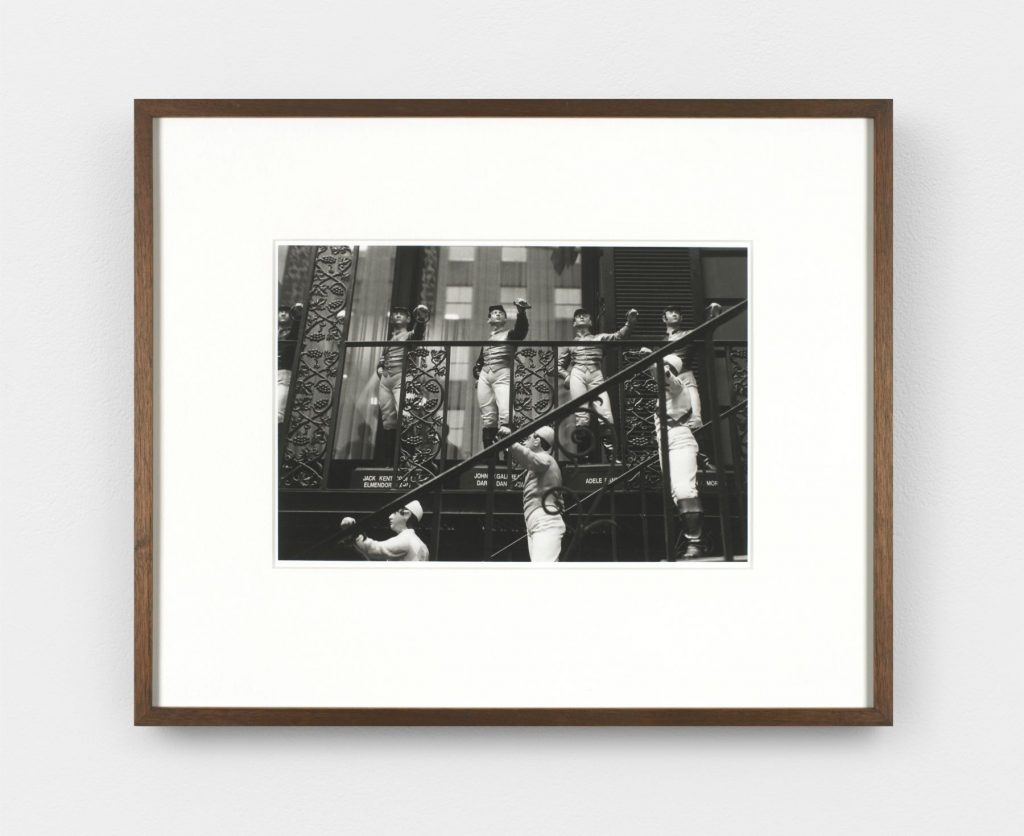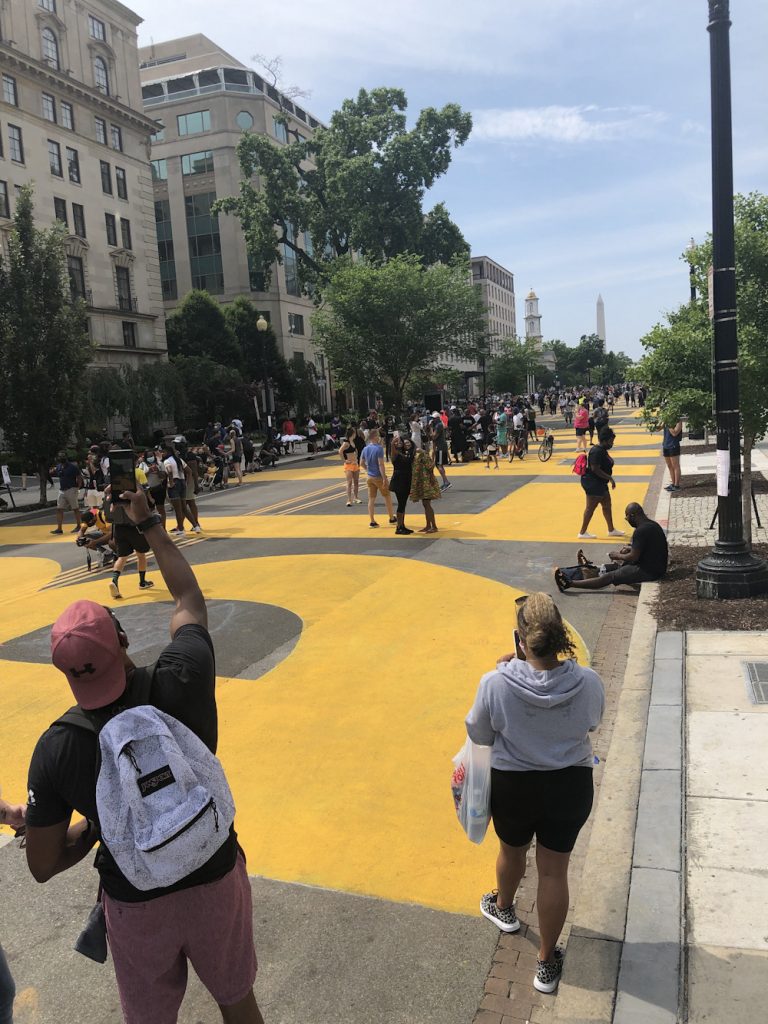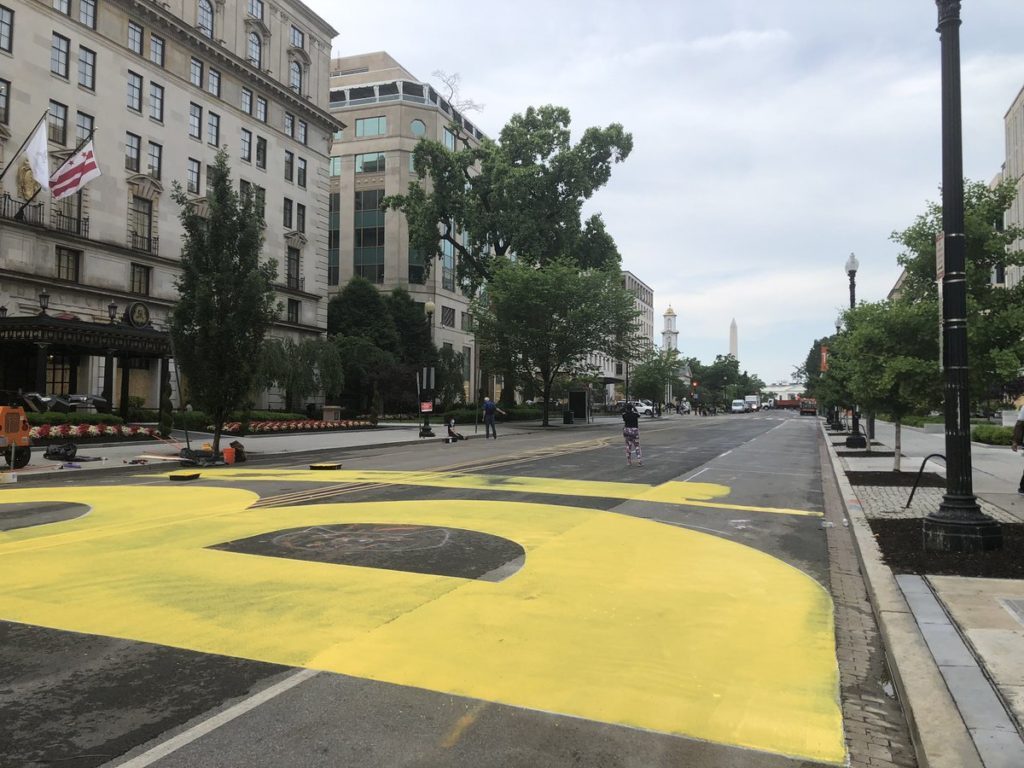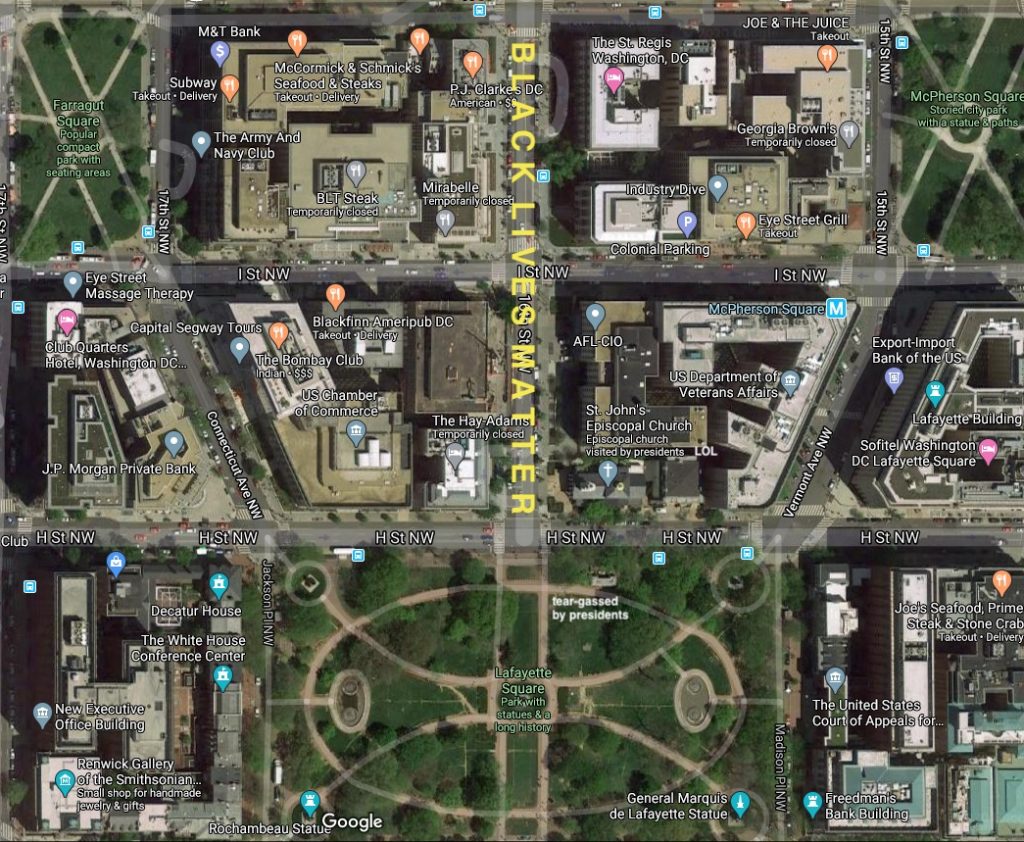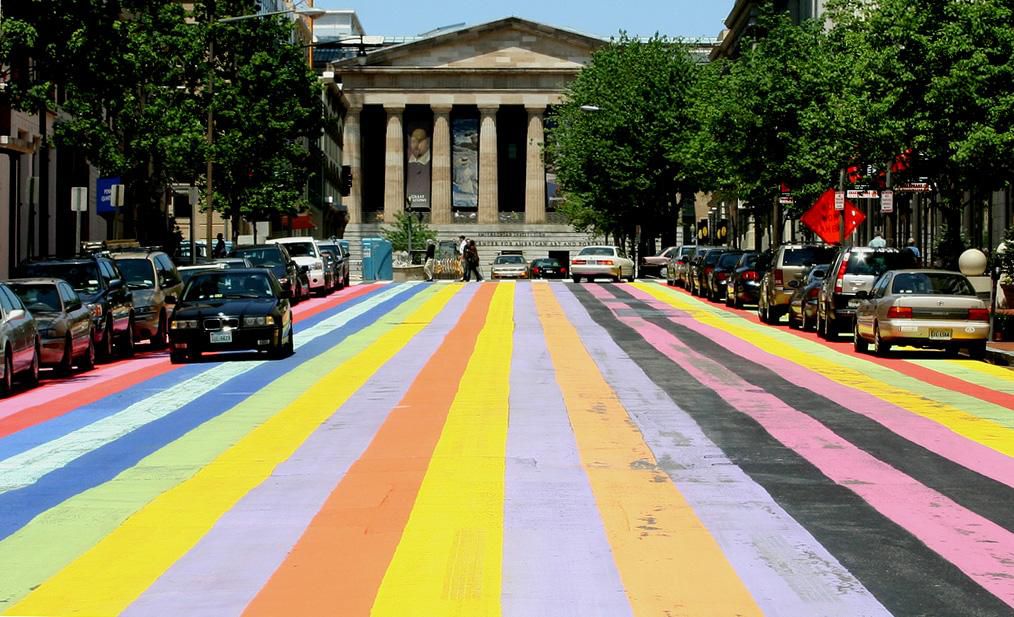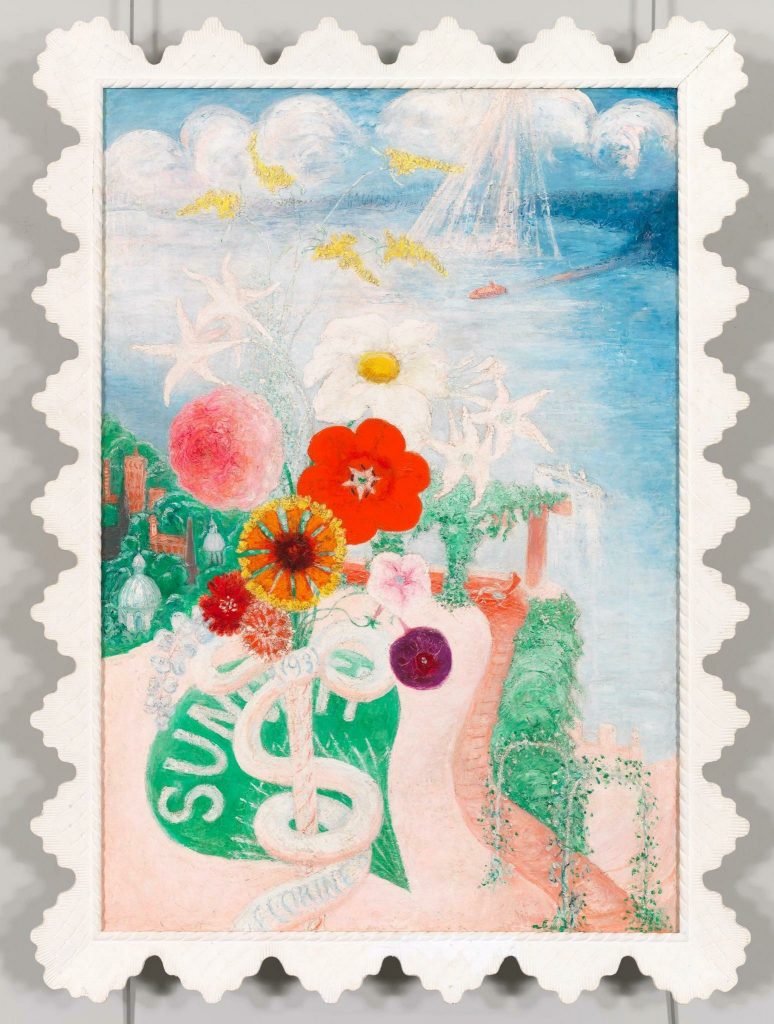
“I realized that from the small windows of my studio, I could not hear the sounds of honking cars or people shouting. I could hear the birds chirping energetically and sound of wind in the trees, and I looked up and saw the bright sky, beautiful as ever despite the changed world beneath it.” –Sho Shibuya, via Spoon & Tamago
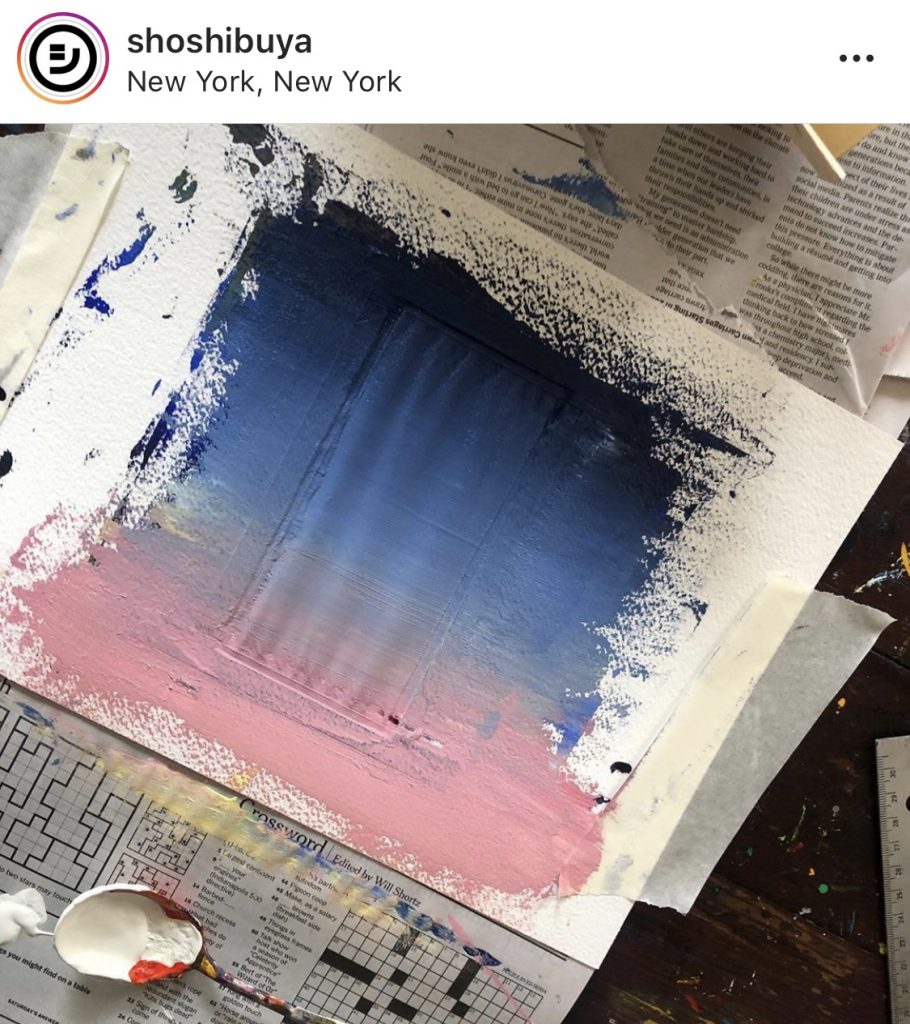
Sho Shibuya began photographing the sunrise during the pandemic lockdown in New York City. By late April he was translating these photographs into gradient paintings. He cut portrait-shaped rectangles and applied them to examples of his print and graphic design work. On April 27, he taped off and painted the sunrise directly onto the front page of the print edition of that day’s New York Times.
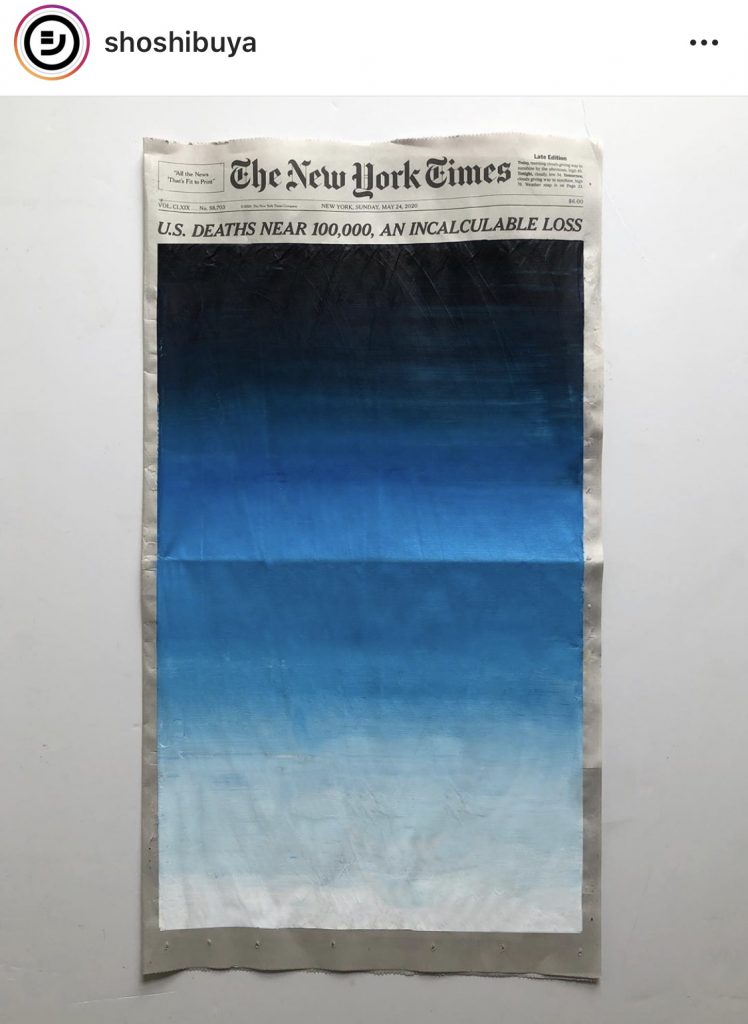
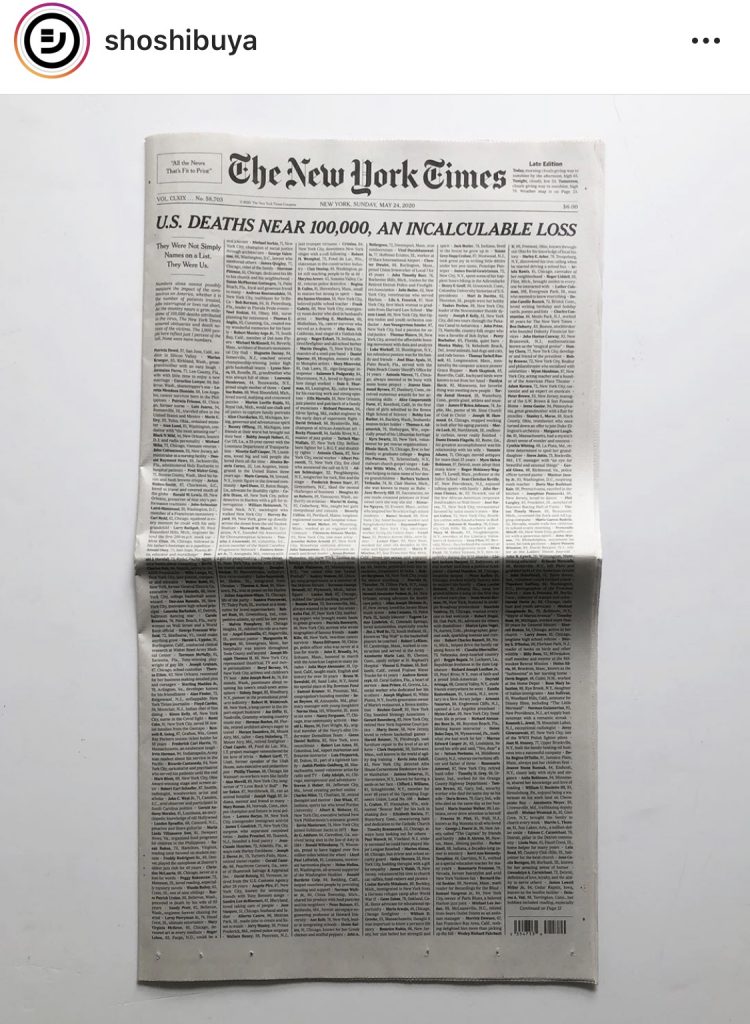
By May 24, Shibuya’s sunrise filled the entire front page of the Times, just like the names of 100,000 people who’d died from COVID-19.
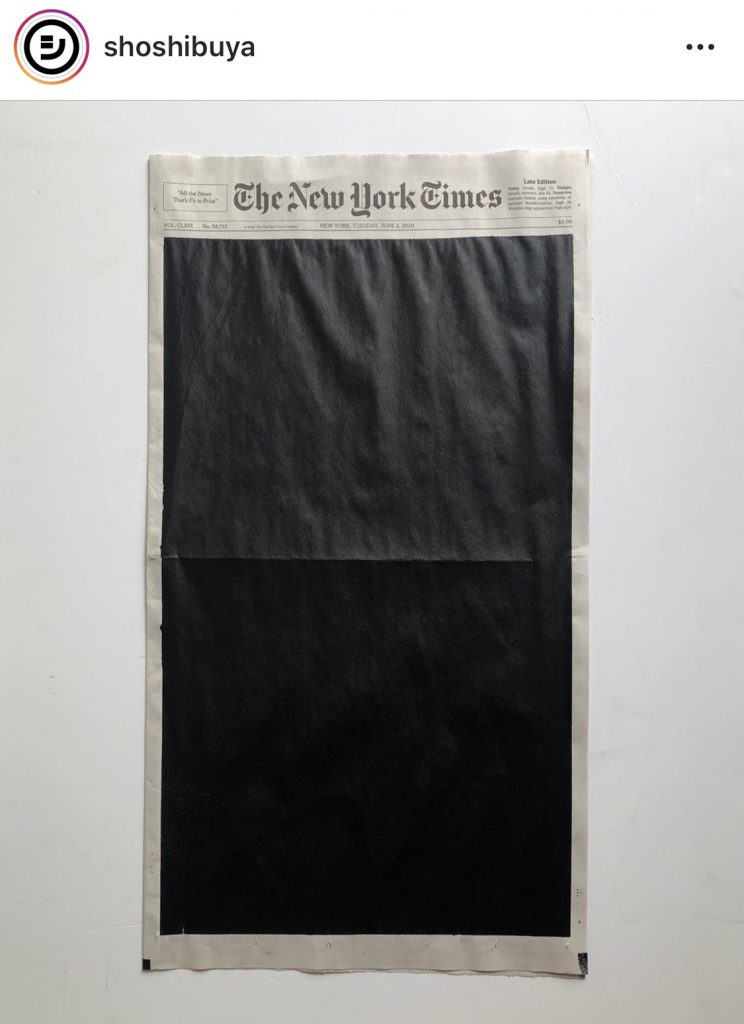
On June 2 he replaced the sunrise with a black monochrome field in support of the Black Lives Matter movement.
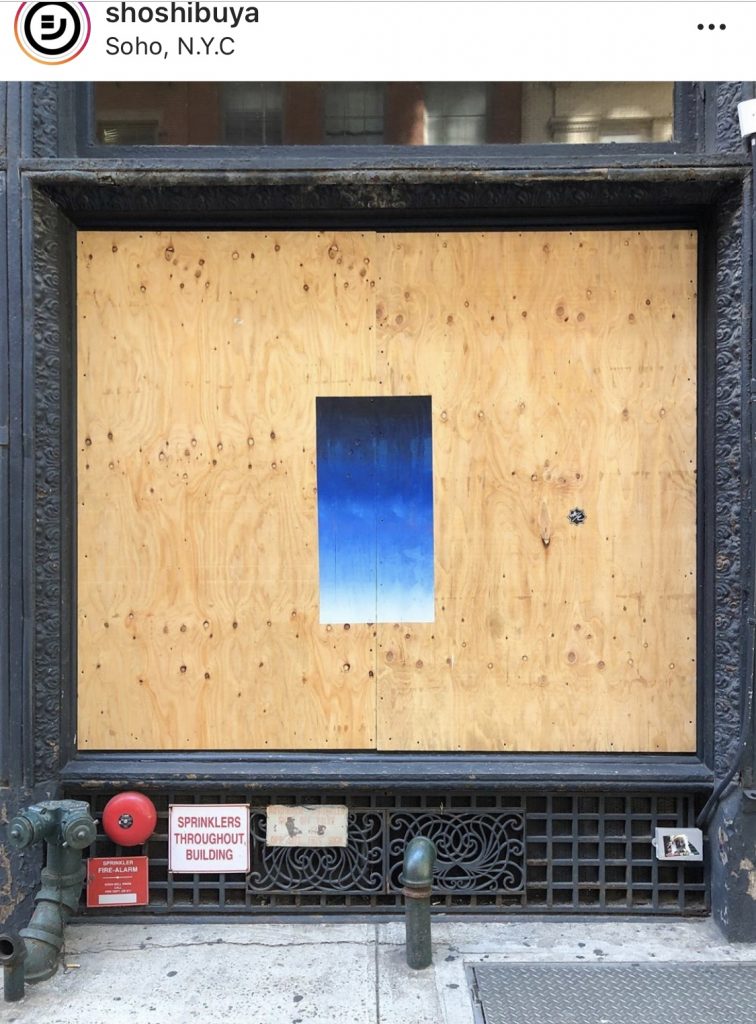
On June 7 he painted the sunrise on plywood barriers that had been erected in SoHo after police brutality-related violence and looting. On June 28 he painted six rainbow flag-colored monochromes on inside pages of the Times for Gay Pride.

On July 1 he released a video and gallery of the 30 NYT sunrises he painted in June. On July 2 he showed two days’ Sunrise/Sunset from a small window, paintings on square acrylic sheets in which two inverted gradients are superimposed on each other. On the July 4 Times he painted a David Hammons-style African American Flag.
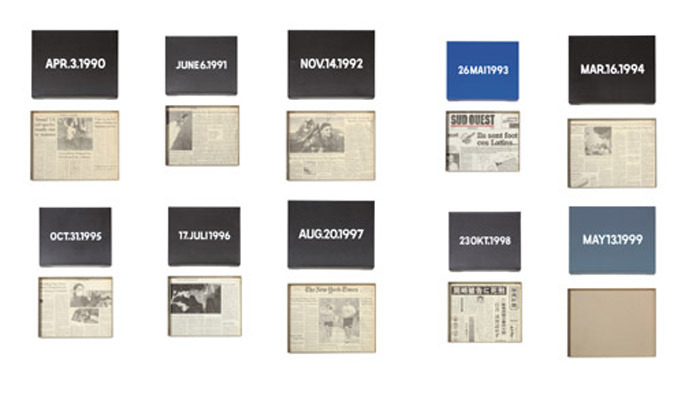
On Kawara often included a clipping from a local newspaper in the cardboard boxes he built for his Date Paintings; most often, he was in New York, so it was the Times.
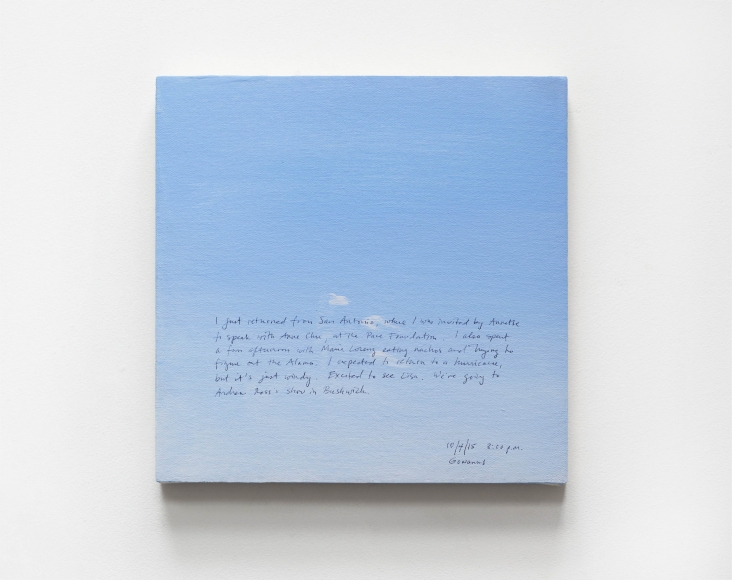
Byron Kim began making his Sunday Paintings, square sections of the Brooklyn sky, in 2001 as part of a practice goal of completing (at least) one painting a week. He transcribes information from his diary onto their surfaces in pencil. Kim showed over 100 Sunday Paintings in 2018, including new ones painted during the exhibition.
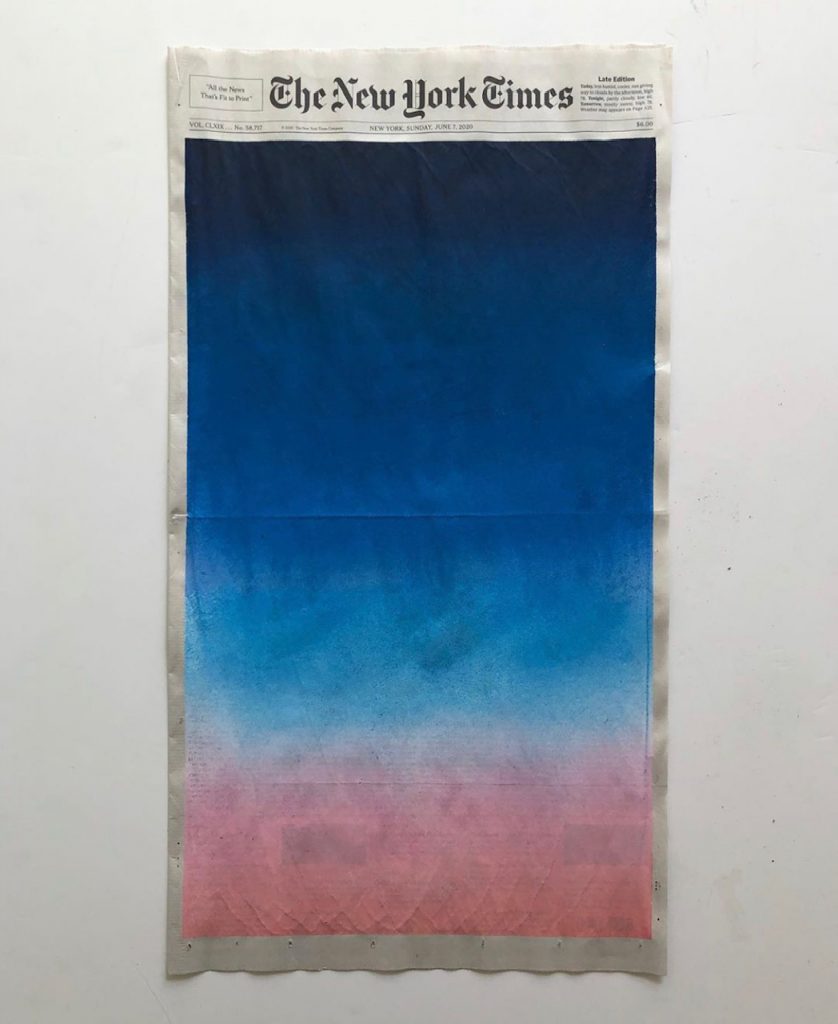
We see painting projects like Kawara’s and Kim’s as related to the passage of time, of course, but not necessarily as strategies for just getting through the day. In an article that is due to drop any day now, I wrote about a particular practice of art for daily survival: “The kind of singular accomplishment that can fortify a troubled mind, but can also accumulate to greater effect.” Shibuya’s NYT Sunrises convey a highly focused, abstracted experience during an exceptional and terrifying time, and now that he’s through it, that view of the world is expanding.
Small Windows of Sunrises Painted onto the Covers of the New York Times by Sho Shibuya [spoon-tamago.com]
Byron Kim, Sunday Paintings 1/7/01–2/11/18, shown Jan-Feb 2018 [jamescohan.com]
Srsly, this essay tho: 10 Date Paintings by On Kawara, from the collection of Pierre Huber, sold in 2007 [christies]

